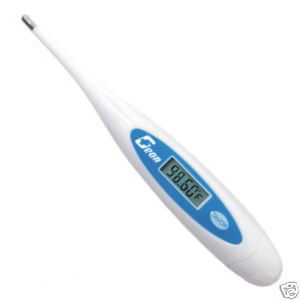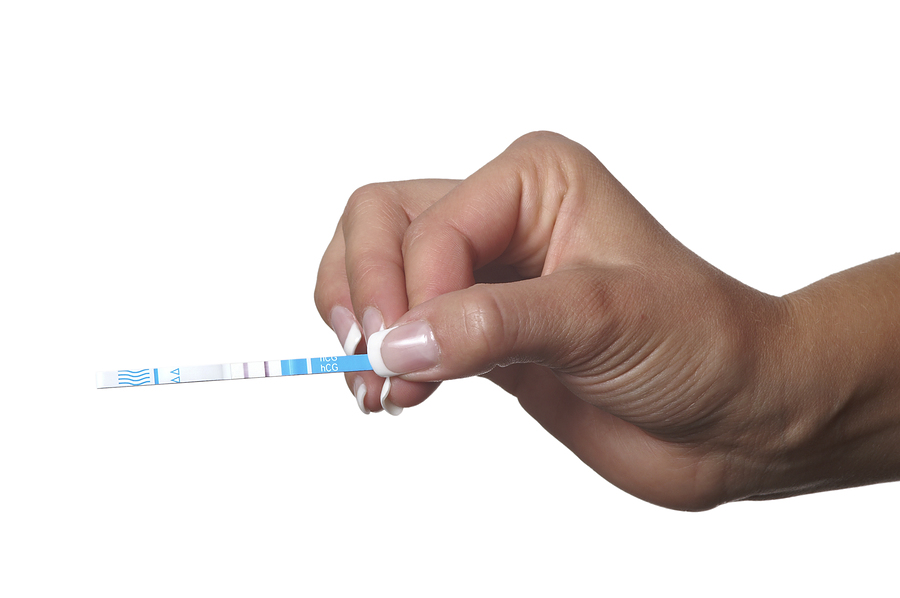Ovulation for Sperm Donation
If you are planning to become pregnant by sperm donation you need to learn to pinpoint your most fertile days i.e. when you are most likely to conceive. For this, you need to be able to accurately monitor your ovulation cycle.
For most women ovulation happens 10-16 days before the start of your next period. To ensure that insemination is undertaken at the correct time it is vital to issue an ovulation prediction test, to identify the correct day. We advise you to use an ovulation test from day 10 of your period (day one being the first day that you bleed when your period starts) then daily until you identify the correct day.
Take Me to:
What is Ovulation?
What does ovulation have to do with me getting pregnant?
Is there a way that I can tell when I am most fertile?
What should I know about ovulation tests?
Cervical Mucus
Polycystic Ovary Syndrome
Basal Body Temperature
What is FSH?
What is an LH surge?
Ovulation Test Procedure
What is ovulation?
Ovulation is when one or more eggs are released from the woman’s ovaries. This is the most fertile time of the menstrual period. Each month up to 20 eggs can mature inside the ovaries. The ripest egg is released into the fallopian tube.
What does ovulation have to do with me getting pregnant?
A woman’s egg survives no more than 24 hours after ovulation and to become pregnant an egg and a sperm have to meet in the fallopian tube before the egg dies.
Sperm can however survive for much longer inside the vagina and will often stay around for several days waiting for the egg to be released. This means that insemination can take place several days before ovulation happens or indeed on the day of ovulation. Women have a 'fertile window' of about four days which can enable sperm to live healthily while it waits to meet a freshly ovulated egg. This fertile window does significantly reduce as a woman gets older.

Is there a way that I can tell when I am most fertile?
Ovulation usually takes place 10-16 days before the start of your next period. An average menstrual cycle of 28 days means that ovulation takes place sometime around day 13-15. The length of a normal menstrual cycle, however varies between 23 days and 35 days so ovulation could occur earlier or later in your cycle.
The most accurate way to determine your most fertile time is to use an ovulation prediction test. There is also a change in cervical mucus, lower abdominal pain, increased libido and increase in pheromones during your fertile window. In a healthy woman the cervical mucus during ovulation should be the consistency of an egg white. This mucus will help transport the swimming sperm to the awaiting egg to be fertilized.

What should I know about ovulation tests?
Ovulation tests allow you to pinpoint your ‘fertile window’ of your menstrual cycle.
From day 10 of your period the end of the ovulation test strip is dipped into the first urine of the morning. You should repeat this process each day until you achieve a positive result on your ovulation strip. Once your day of ovulation has been determined then this information will help predict the best times for inseminations to start the following month.
Ideally insemination should commence 2-3 days before ovulation is due, and then be performed on the day of ovulation (i.e. the day you get a positive result from your ovulation strip) and up to 24 hours after ovulation.
If you have a 28 day cycle i.e. day one is the first day you bleed on your period; you will ovulate on day 14. Inseminations should then take place from day 11 today 14.
Cervical Mucus
Before ovulation women produce cervical mucus which can range in consistency from dry to sticky to egg-white because of its resemblance to raw egg whites. The best type of cervical mucus consistency to have to aid fertility is that of an egg white. This type of mucus is often clear and stretchy and when placed between your fingers can stretch over an inch.
Polycystic Ovary Syndrome
Polycystic Ovary Syndrome occurs when developing follicles that normally ovulate each cycle actually remain trapped inside the ovary. Over time they fill with fluid and develop into cysts on the ovarian wall. A shell then develops around the outside of the ovary which prevents ovulation. PCOS is one of the leading causes of infertility in women however many women who do suffer from this condition do go on to successfully conceive.
Symptoms of Polycystic Ovary Syndrome:
-
Heavy periods
-
Obesity
-
Infertility
-
Cysts on the ovaries
-
High blood pressure
-
Elevated insulin levels
-
Excessive facial and body hair
Basal Body Temperature
When you are sleeping the body reaches its lowest temperature which is known as Basal Body Temperature (BBT).
You should always take your BBT immediately after awakening and before any physical activity. Ovulation causes an increase of 0.5 to 1.0 degree in BBT which is a great way of estimating the day of ovulation.

Take Me to:
Why should I chart my basal body temperature?
I have an irregular cycle –should I chart my BBT
What is the average BBT?
Using an ovulation kit and charting BBT.
My BBT has stayed high after ovulation
Why should I chart my basal body temperature?
Just after you ovulate your BBT will rise and so charting your BBT can help you find out if and when you are ovulating which can help you time your insemination.
I have an irregular cycle –should I chart my BBT
Charting your BBT is ideal if your cycle is regular as you can begin to predict when you ovulate and therefore time insemination in the days just before your temperature rises. If your cycle is irregular you should not rely on charting your BBT alone as it may be very difficult to predict your ovulation from month to month and you could miss your peak insemination days.
What is the average BBT?
Prior to ovulation the average range of BBT is between 97.0-97.7 and after ovulation it rises to 97.7- 99.0.
Using an ovulation kit and charting BBT.
It is useful to chart both your BBT and use an ovulation prediction test. Your ovulation kit will identify your LH surge which happens prior to ovulation and your BBT will rise during ovulation. You should therefore inseminate 24-48 hours after your LH surge is detected and 24-48 hours before your BBT increase.
My BBT has stayed high after ovulation
If your BBT stays at the raised level for over 18 days after ovulation there is a strong chance you are pregnant so take a pregnancy test!
What is FSH?
Follicle stimulating hormone (FSH) is an important hormone in the reproductive system. In men FSH is responsible for the production of sperm and in women it causes the ovaries to produce eggs. People with a deficiency in FSH can often experience infertility.
What is an LH surge?
Luteinising Hormone (LH) is a hormone which circulates in the woman’s body continuously however one to two days before ovulation there is a surge in the level of LH. You can detect this surge in your LH levels by using an ovulation predictor test. A positive result will detect the LH surge and therefore let you know when to time insemination.
Ovulation Test Procedure
Follow our ovulation test procedure carefully to ensure the most accurate results.

Ovulation Test Procedure (using ‘One-Step’ Tests):
1. Determine the day to begin testing.
2. Collect a urine sample in a clean and dry container.
3. To begin testing, open the sealed pouch and remove the strip. Do not remove the strip until you are ready to begin testing.
4. With the arrows pointing downwards towards the urine, place the test strip vertically (straight) into the urine sample, for at least l0 seconds. DO NOT allow the urine to go above the MAX (maximum) level line.
5. Remove the strip from the urine and place on a clean, dry surface. For best results you should read the results at 5 minutes.
6. Wait for coloured bands to appear. Depending on the concentration of LH inthe urine specimen, positive results may be observed in as short as 40 seconds.However, to confirm negative results, the complete reaction time of 30 minutes is required.
Related Articles:
Getting Pregnant
Home Insemination
Artificial Insemination
Natural Insemination